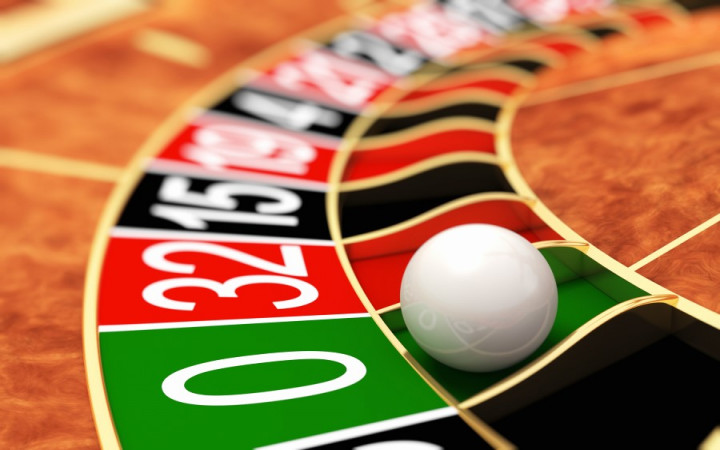Today’s Wonder of the Day was inspired by stuti. stuti Wonders, “who invented zero” Thanks for WONDERing with us, stuti!
Do you like to count down the days until your birthday? When it's about a month away, you might start getting excited. Next thing you know, it's only three weeks and then two weeks and finally one week away.
At that point, you might start counting down the days until the big day. Seven, six, five, four, three, two, one…and then it's your birthday! You get so excited that you probably don't even count the last number. When you wake up and it's your birthday, you already know it's zero days until your special day.
We often don't pay a lot of attention to the number zero until it means we're missing something. When you open your final birthday present and realize there are zero presents left to open, you're keenly aware of the number zero. Likewise, when you look in the refrigerator and find that there are zero pieces of leftover birthday cake, you start wishing that zero was a one or a two.
While we often take the number zero for granted, we shouldn't. In fact, it's one of the newer numbers on the block. Unlike most of the other numbers, zero was only discovered a fairly short amount of time ago when you consider how long most of the other numbers have been known.
No one really knows how numbers first came into existence. When the first prehistoric people walked on Earth, it probably wasn't long before they figured out how to use their fingers to count basic objects up to 10. For example, they may have wanted to count rocks to make sure they had enough ammunition to hunt for food.
If they looked out of their cave and saw two woolly mammoths, they could use their fingers to count to two. These simple counting numbers were all that was needed for a long time. And although zero makes perfect sense to us now, the earliest humans didn't really comprehend the number zero. If there were no woolly mammoths to count, then how could they count what wasn't there?
Around 4,000 years ago, however, the concept of zero developed. As larger and larger counting numbers were used, people needed a way to tell the difference between two and 20, for example.
At the start, though, the symbol for zero wasn't used. Instead, scribes merely left spaces to represent that absence of a number. It would be another 1,000 years or so before people started to think of zero as an actual number.
The first use of a zero-like symbol didn't appear until around the 3rd century B.C. in ancient Babylon. The Babylonians used a sexagesimal number system, which means it was based on the number 60. The symbol they used to differentiate between magnitudes was a symbol that consisted of two small wedges.
Today, our modern number system is based upon the number 10. We use the number zero to help differentiate between magnitudes, such as 10, 100, 1000, and so on.
The earliest number systems used zero as simply a placeholder. It wasn't until the 7th century A.D. in India that mathematician Brahmagupta expanded the view of zero to include seeing it as a real number with a null value.
Brahmagupta is also credited with being the first to demonstrate that subtracting a number from itself equals zero — a concept we consider extremely simple today. The zero then moved to China and back to the Middle East. It didn't appear in Europe until the 12th century, which is less than a thousand years ago. Did you have any idea that zero was such a new number?





